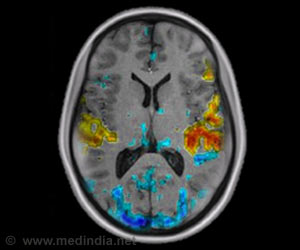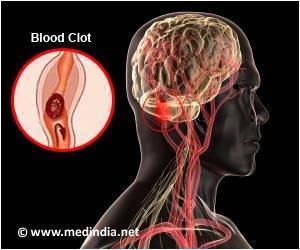Scientists have restored behavior —in this case, the ability to reach through a narrow opening and grasp food —using a neural prosthesis in a rat model of brain injury.

The prosthesis, called a brain-machine-brain interface, is a closed-loop microelectronic system. It records signals from one part of the brain, processes them in real time, and then bridges the injury by stimulating a second part of the brain that had lost connectivity.
Their work is published online this week in the science journal Proceedings of the National Academy of Sciences.
"If you use the device to couple activity from one part of the brain to another, is it possible to induce recovery from TBI? That's the core of this investigation," said Pedram Mohseni, professor of electrical engineering and computer science at Case Western Reserve, who built the brain prosthesis.
"We found that, yes, it is possible to use a closed-loop neural prosthesis to facilitate repair of a brain injury," he said.
The researchers tested the prosthesis in a rat model of brain injury in the laboratory of Randolph J. Nudo, professor of molecular and integrative physiology at the University of Kansas. Nudo mapped the rat's brain and developed the model in which anterior and posterior parts of the brain that control the rat's forelimbs are disconnected.
Advertisement
The device amplifies signals, which are called neural action potentials and produced by the neurons in the anterior of the brain. An algorithm separates these signals, recorded as brain spike activity, from noise and other artifacts. With each spike detected, the microchip sends a pulse of electric current to stimulate neurons in the posterior part of the brain, artificially connecting the two brain regions.
Advertisement
"A question still to be answered is must the implant be left in place for life?" Mohseni said. "Or can it be removed after two months or six months, if and when new connections have been formed in the brain?"
Brain studies have shown that, during periods of growth, neurons that regularly communicate with each other develop and solidify connections.
Mohseni and Nudo said they need more systematic studies to determine what happens in the brain that leads to restoration of function. They also want to determine if there is an optimal time window after injury in which they must implant the device in order to restore function.
Source-Eurekalert














